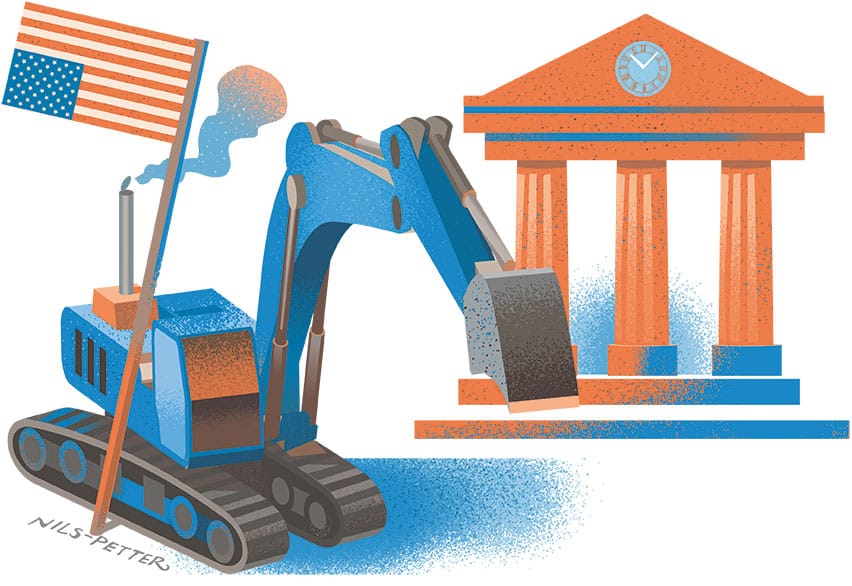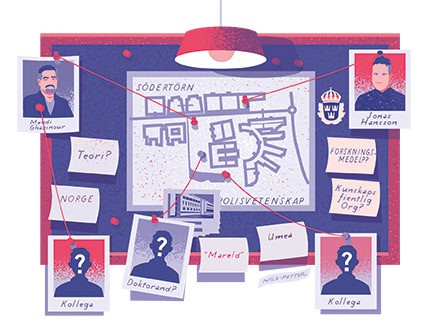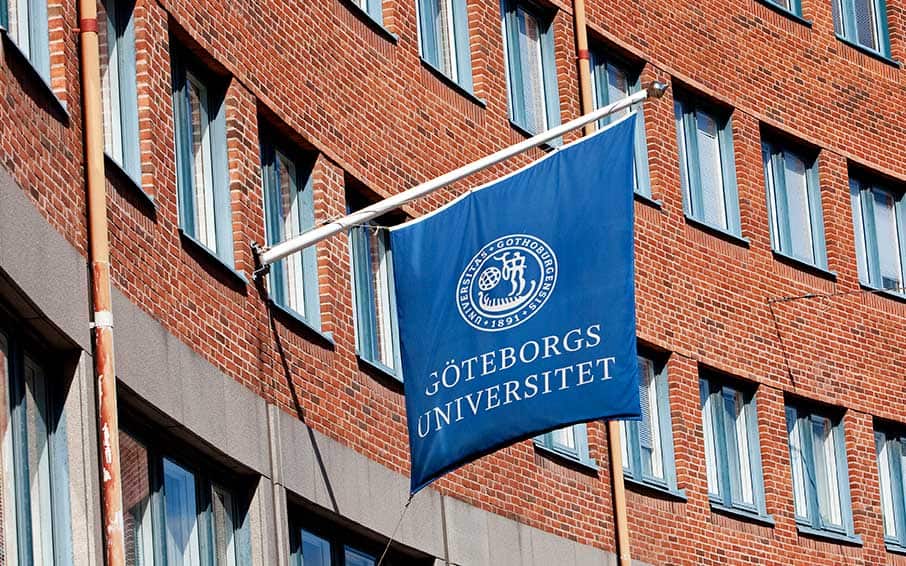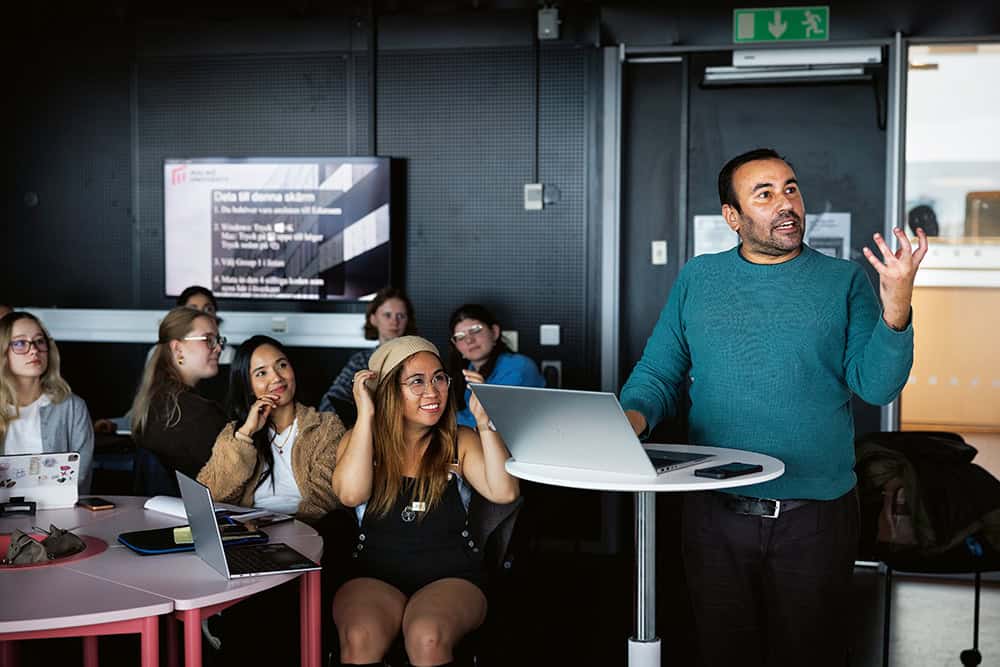The new report from the Association of Swedish Higher Education Institutions (SUHF) describes a bureaucratic dynamic, where state governance forces HE institutions to set up various units and bodies. These are staffed with diligent people who create action plans and policies. These in turn create additional work that does not add value to the core mission of the higher education institutions. Instead, the danger is that they will divert resources from core activities.
“One important thing to bear in mind is that not everything is the government’s fault,” says Shirin Ahlbäck Öberg, a professor of political science at Uppsala University. “It is also a matter of how higher education institutions deal with all the reporting requirements, all the systematic work processes and so on.”

Shirin Ahlbäck Öberg
Professor of political science at Uppsala University
She is the co-author of the report, ‘Increased Control and Increased Bureaucratisation – Internal Effects on Higher Education Institutions’, together with Johan Boberg, a colleague at the Centre for Higher Education and Research as an Object of Study (HERO) at Uppsala University. In the report, they map how the increasing administration generated by the parliament, the government and other state authorities over the past three decades has impacted the way administrative work is organised internally at HE institutions.
They show how the policy objectives set out in the first chapter of the Higher Education Act have a range of repercussions within universities and colleges. These objectives are contained in central guidelines, action plans and policies, after which administrative units and strategic bodies are set up to deal with them. They are reflected in management functions and in a wide range of expert functions set up to lead work on external collaboration, sustainability, internationalisation and so on.
“Higher education institutions feel compelled to employ experts for these functions,” says Boberg. “They come in with lots of enthusiasm and lots of expertise, which means that the functions become self-perpetuating. You can’t expect these expert functions themselves to place limitations on what they do. That needs to be done at a higher level.”
It is at the central level of HE institutions that the provisions of the Higher Education Act have the greatest impact and generate the most work. General legislation on public administration, which applies to all state agencies, also has a major impact on them at both central and local level.
Ahlbäck Öberg shows us a table that illustrates that, at central level, virtually all areas are perceived as administratively burdensome. Almost all university and college directors see parts of the legislation as burdensome to a large or to a very large degree.



















